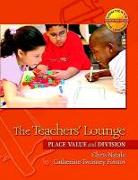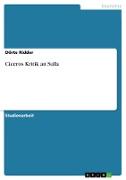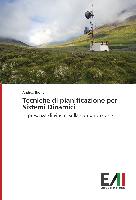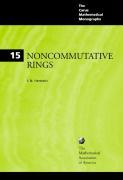- Start
- The Teachers' Lounge
The Teachers' Lounge
Angebote / Angebote:
The Teachers Lounge: Place Value and Division is one of five units in the Contexts for Learning Mathematics Investigating Multiplication and Division (35) The focus of this unit is division. It begins with the story of a teacher noticing a service person in the teachers lounge fill two different vending machines with beverages. In the first machine, there are bottles of water only. The machine holds 156 bottles of water when full and the teacher wonders how many six-packs that might be. The second problem involves the juice machine. It also holds 156 bottles when full, but the bottles are partitioned into six columns because there are six different flavors of juice. The teacher wonders how many there are of each flavor. Although most students do not realize it at the start, the two problems are related. The first problem is a quotative division situation the amount in each group is known, the number of groups is not. The second problem is a partitive division situation the number of groups is known, the amount in each group is not. The problems are juxtaposed and given together to encourage students to examine the relationship between the two kinds of division. This story context of the teachers lounge sets the stage for a series of investigations designed to support the development of a repertoire of strategies for multiplication and division, including the use of: the ten-times strategy partial products and partial quotients the associative property the distributive property of multiplication over additionthe basis for the long division algorithm Several minilessons for multiplication and division are also included in the unit. These are structured as strings of related problems designed to more explicitly guide learners toward computational fluency. Toward the end of the unit, discussion shifts to how the context of a division problem influences what to do with the remainder. Note: The context for this unit assumes that your students will have had prior experience using arrays for multiplication. If this is not the case, you might find it helpful to use the unit Muffles Truffles first. To learn more visit http: //www.contextsforlearning.com
Folgt in ca. 15 Arbeitstagen




